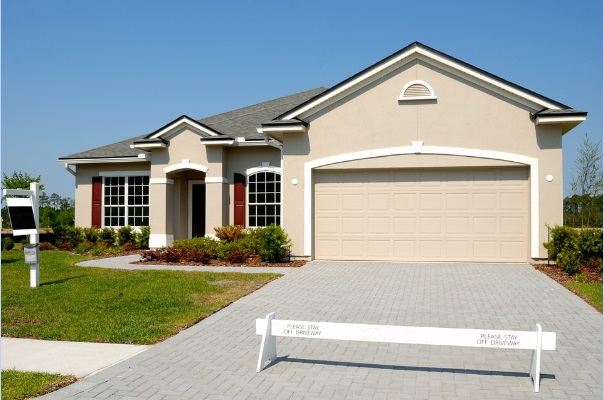6 Ways to Make Your Home More Weatherproof
- Written by News Company

While a lot of home focus is understandably on interior design and home improvements you can make inside your property; it’s also important to focus on the exterior and structure of your home. This is particularly vital during times of intense weather, whether that means heavy rainfall or high temperatures. Keeping on top of your home’s defense against weather means you limit more expensive damage in the long run and keep your property in its best condition.
Here are six ways you can weatherproof your home.
-
Ensure Your Roof is in Shape
The roof of a property can often be neglected due to the fact that it’s out of sight. Particularly during stormy weather, you should make extra checks to make sure all tiles are in place and nothing appears to be broken. Tell-tale signs of roof problems include leaks and slating or tiling becoming broken or falling off altogether, and issues with the roof become more common with older properties.
During wind and heavy rain, a weak roof can risk becoming more damaged and allow leaks to enter your home. If you have any doubts about the integrity of your roof, you can search “roofing companies near me” for advice.
-
Take Care of Your Gutters
Similar to your home’s roof, gutters can also be neglected due to it being high and out of sight. Yet smooth-flowing and strong gutters are important for your home. Blockages in the gutter system can lead to problems: if there is heavy rainfall, you risk leaks, damp and water damage to your property if your gutter system is not diverting the water away adequately.
You should check your gutters regularly for any blockages such as leaves and dirt, and also check for cracks or loose fittings, particularly after strong winds. If you do notice a sudden leak inside your home close to your gutters, then this may be the cause.
-
Use Durable Exterior Paint
The exterior surface of your home can be negatively affected by both heavy rain and extreme UV rays. Harsh sunlight can force your exterior paint to crack and peel, and heat can even cause the surface to morph. If rainwater is able to get through your exterior paint, it can also seep in deeply enough to cause damp and mold – which is bad news for your home.
In order to protect your property against the elements, you should use weatherproof paint. There are many varieties, some of which even adapt depending on the season, to offer the best protection at all times and a higher level of defense.
-
Upgrade Your Windows
Badly fitted windows may allow for cracks and therefore drafts into your home. This means your home will never be able to heat adequately and retain its heat, which means a cold house in the winter months. Single glazed windows also offer limited protection against stormy weather. You should consider upgrading your windows to double-glazing to best fight against strong weather conditions and retain the heat in your home.
At the very least, you should ensure that all cracks and gaps around your window are filled to make sure that no cold air or rainwater can get through.
-
Add Insulation
Proper insulation means your home will be able to maintain its heat levels during the coldest of months and means that your warmth and comfort levels shouldn’t be affected by bad weather. Insulation also means you’ll save on your heating bills and prevent a constant battle against heat loss within your home. Insulation can be implemented in cellars or in the attic, the latter being the most common choice.
-
Fit a Solid Front Door
Older models of doors, particularly within older properties, aren’t built to withstand heavy weather stably. Old locks such as traditional keyholes also mean that drafts and cold air can easily get through the hole. Having a heavier, newer door fitted with a more modern lock, such as a Yale lock, means you can better protect your property against violent weather while also keeping in the heat – and keeping out the cold.
Weatherproofing your home adequately is mainly about prevention before the fact. If your home isn’t prepared for demanding weather conditions, it can be a lot more expensive to deal with damage afterward as opposed to investing in the proper measures beforehand. As long as you perform regular checks on the exterior of your property and make the relevant upgrades, then your home will be able to withstand some of the worst weather.


